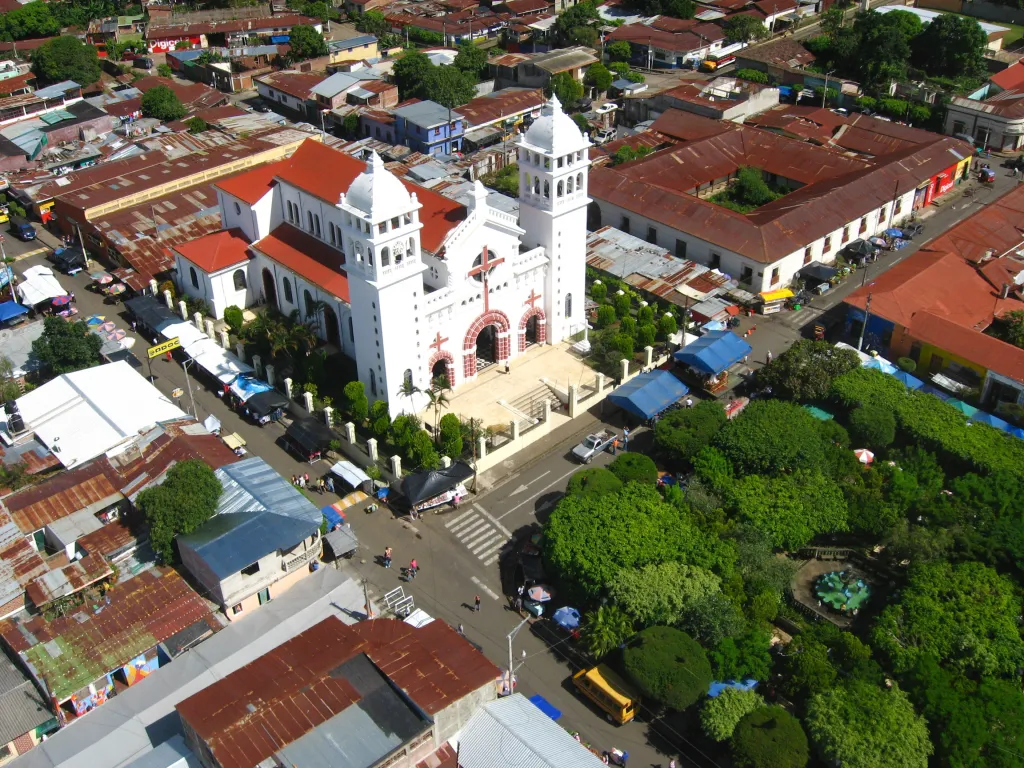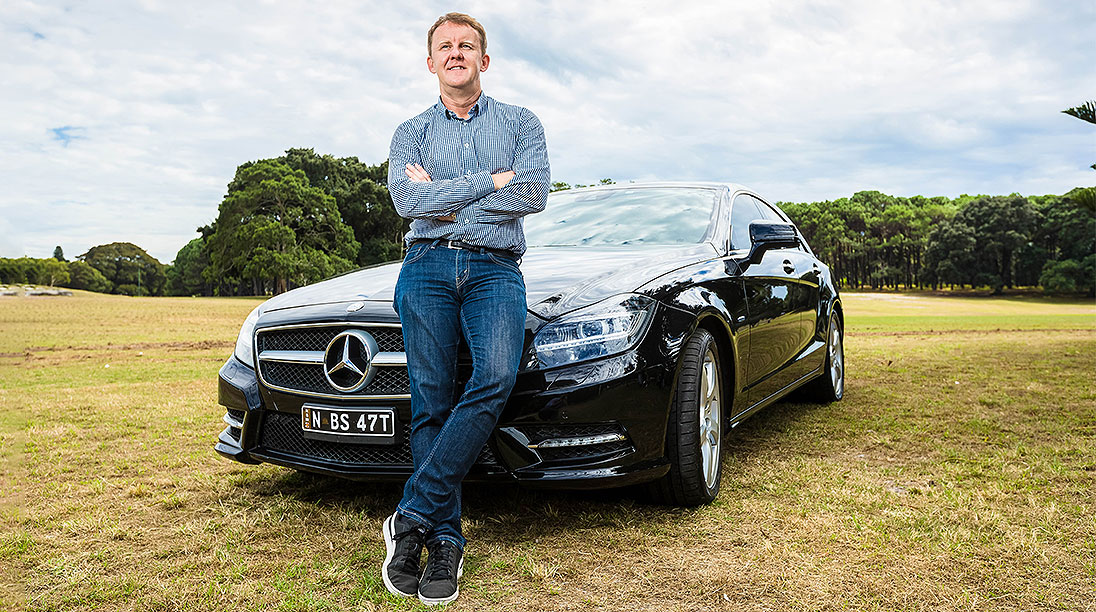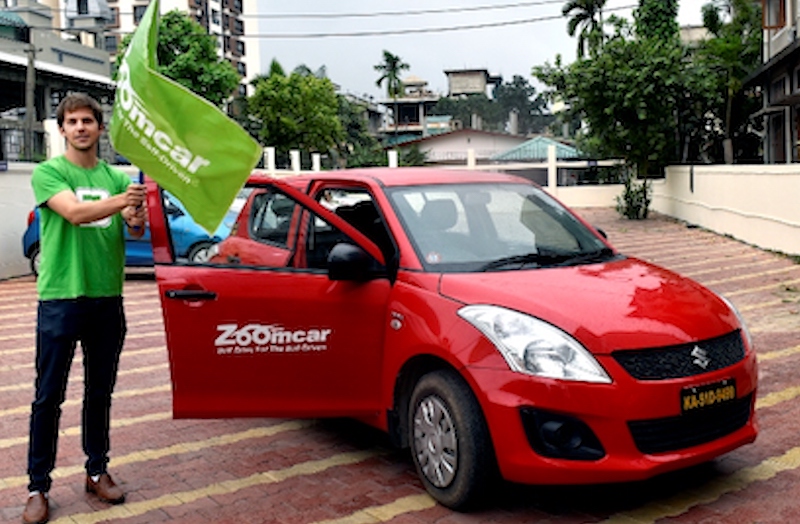If you’re looking for a vibrant mix of natural beauty, cultural richness, and adventure, the Ruta de las Flores El Salvador is a must-see destination. Stretching around 36 kilometers (22 miles) through the mountainous western part of the country, this stunning route connects five picturesque towns—Nahuizalco, Salcoatitán, Juayúa, Apaneca, and Concepción de Ataco—each offering its own charm.
Named after the wildflowers that bloom along the roadside between November and February, this route offers far more than just pretty landscapes. From artisan villages to coffee plantations, waterfalls to food festivals, it’s the perfect way to experience the soul of El Salvador.
Juayúa – A Foodie’s Dream & Waterfall Getaway
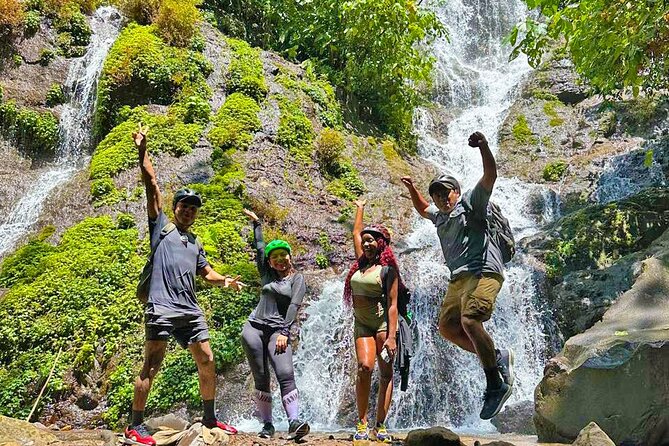
Why Visit:
- Famous weekend food festival (Feria Gastronómica)
- Gateway to the Los Chorros de la Calera waterfalls
- Colonial architecture and lively local culture
Juayúa is perhaps the most well-known town on the Ruta de las Flores. Every weekend, the central plaza turns into a foodie heaven where local and international dishes are served fresh. From grilled meats to seafood platters, tropical drinks, and desserts—there’s something for every palate.
Beyond the food, Juayúa is the starting point for one of the most popular waterfall treks—Los Chorros de la Calera. A guided hike leads you through scenic trails to a set of cascading waterfalls fed by mountain springs. The town is also known for the beautiful Iglesia Santa Lucía, a striking white church that anchors the main square.
Tip: Visit early to beat the crowds and stay overnight to enjoy the peaceful mountain atmosphere.
Concepción de Ataco – Mural Town Full of Art & Coffee
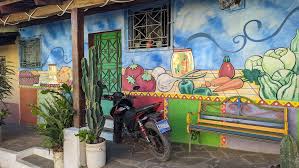
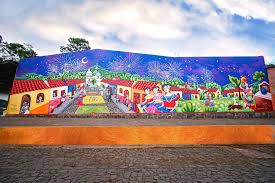
Highlights:
- Vibrant street art and murals
- Excellent coffee shops and artisan stores
- Mountain views and cobbled streets
Ataco is a colorful town that looks like it came straight from a postcard. Its most famous feature is the bright murals that cover almost every wall—depicting legends, daily life, and Salvadoran identity. Artists from around the region contribute, making the town feel like an open-air museum.
You’ll find numerous artisan markets selling handmade textiles, pottery, and woodcrafts. Coffee culture is strong here—many cafés serve freshly brewed cups made from locally harvested beans. You can also book a coffee farm tour to see the entire process, from plant to cup.
Don’t Miss: Watching the sunset from one of Ataco’s hillside viewpoints.
Apaneca – Adventure Sports, Lakes & Labyrinths
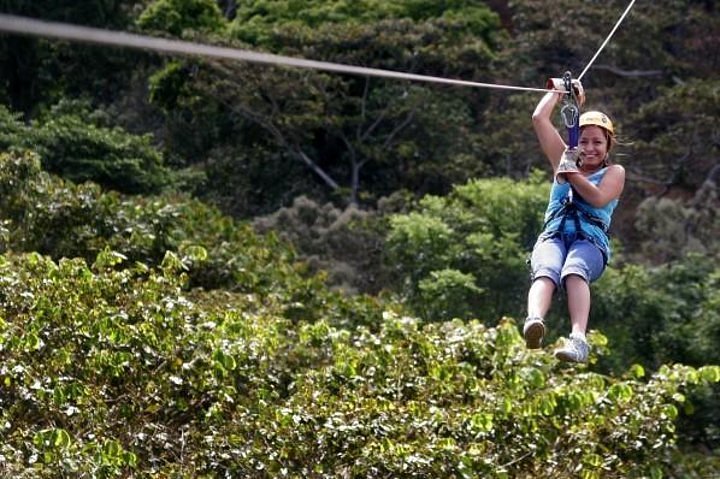
What to Expect:
- Thrilling ziplining and ATV tours
- Peaceful crater lakes like Laguna Verde
- Fun labyrinth garden for all ages
Apaneca, the highest town along the Ruta de las Flores, is known for its cool climate and adventure options. The town offers zipline courses that take you through cloud forests, offering a thrilling bird’s eye view of the valleys. For land lovers, rent an ATV and ride through coffee farms or hike to the tranquil Laguna Verde and Laguna de las Ninfas—both former volcanic craters now filled with water and surrounded by lush greenery.
The labyrinth garden (El Laberinto de Apaneca) is a great stop for families and photography lovers. It’s a beautifully maintained maze made of trimmed cypress trees.
Insider Tip: Pack a jacket and sturdy shoes—it gets chilly, and the terrain can be uneven.
Salcoatitán – Tranquil Town with Coffee Roots
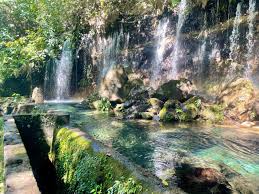
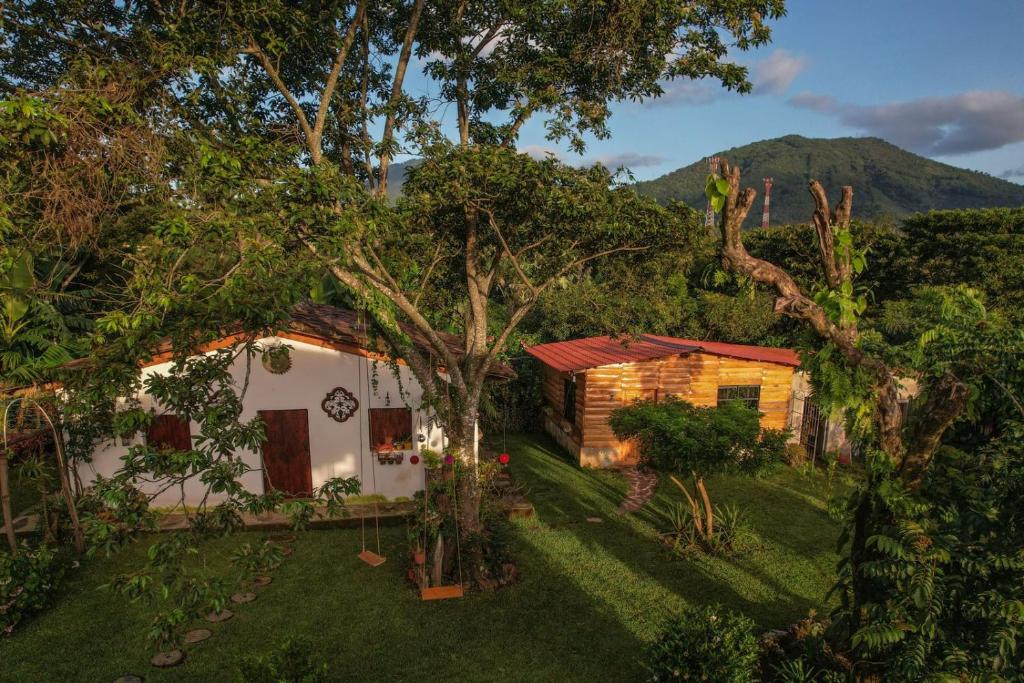
Must-See Attractions:
- Iglesia de San Miguel Arcángel, a beautiful colonial church
- Early coffee-growing history
- Local food stalls and quiet ambiance
Salcoatitán is a small but important stop, especially if you’re interested in coffee history. It’s believed to be one of the first towns where coffee was cultivated in El Salvador during the 19th century. You’ll find family-run farms offering tastings and tours that show how traditional coffee processing is done.
The town square is peaceful, and the Iglesia de San Miguel, a colonial-era church, adds to its old-world charm. Vendors often sell traditional snacks like yuca frita, atol de elote, and pupusas in the small market areas.
It’s less crowded than Juayúa or Ataco, making it perfect for a relaxing mid-day stop on your route.
Nahuizalco – Indigenous Traditions & Night Market
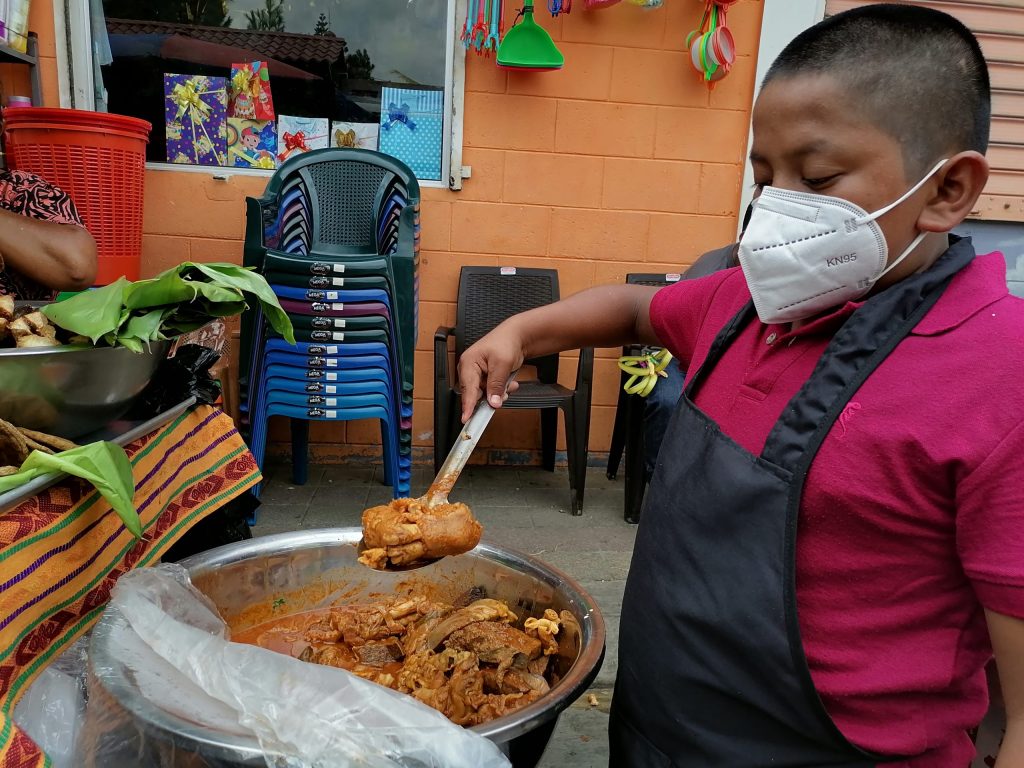
Cultural Highlights:
- Pipil indigenous heritage
- Unique candle-lit night market
- Artisan woodwork and wicker crafts
Nahuizalco is culturally distinct because of its strong indigenous Pipil roots. The town preserves its heritage proudly, from language and dress to religious customs. The famous night market, lit entirely by candles, offers a magical shopping experience where you can try local foods and purchase authentic crafts.
Handmade goods like wooden furniture, wicker baskets, and palm-leaf items dominate the stalls, made using generations-old techniques. Visit the Casa de la Cultura to understand more about Pipil history and traditions.
Respect Tip: Always ask before taking photos of people, especially during cultural or spiritual events.
Coffee Tours – The Heart of the Experience
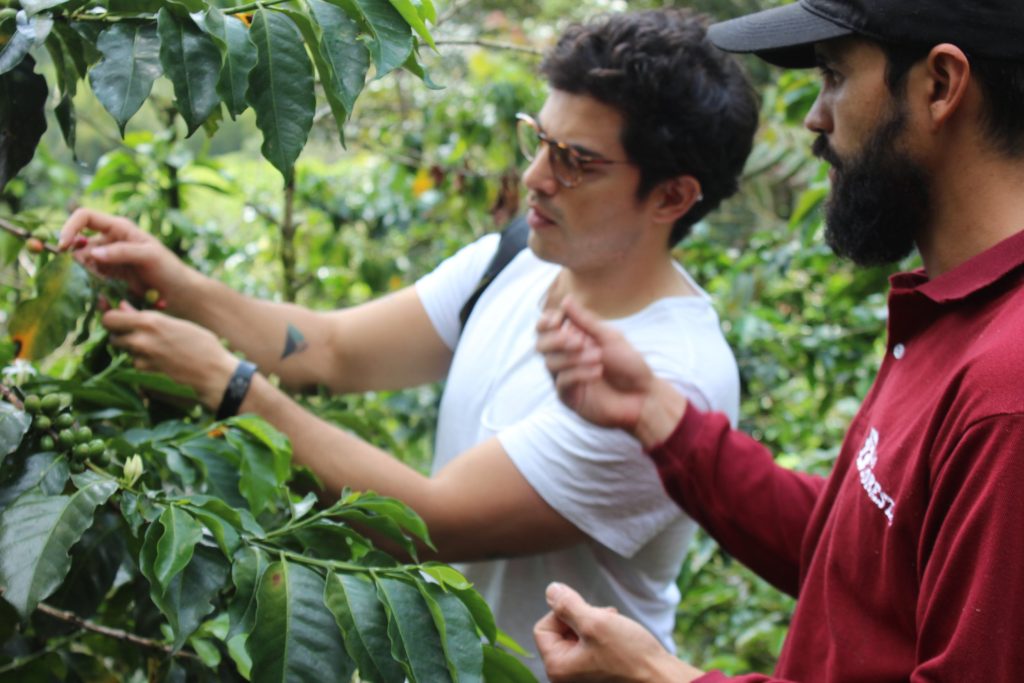
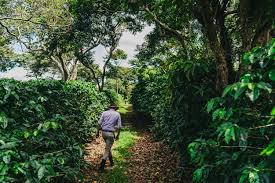
Why It’s Worth It:
- Learn about coffee growing, harvesting, and roasting
- Support local farmers and ethical tourism
- Enjoy fresh, mountain-grown Arabica coffee
Coffee isn’t just a drink in this region—it’s a way of life. Throughout the Ruta de las Flores, you’ll find farms offering interactive coffee tours where you can pick beans, roast them, and taste different brews. Farms like El Carmen Estate (Ataco) and Finca San Antonio (Apaneca) are well-known for their quality and welcoming guides.
These tours often include a history of coffee in El Salvador, the importance of altitude and soil, and the global trade that fuels the economy. Many coffee farms are also eco-friendly and focus on sustainability, which adds value to the experience.
Bonus: You’ll leave with some of the freshest coffee you’ll ever taste.
Best Time to Visit Ruta de las Flores
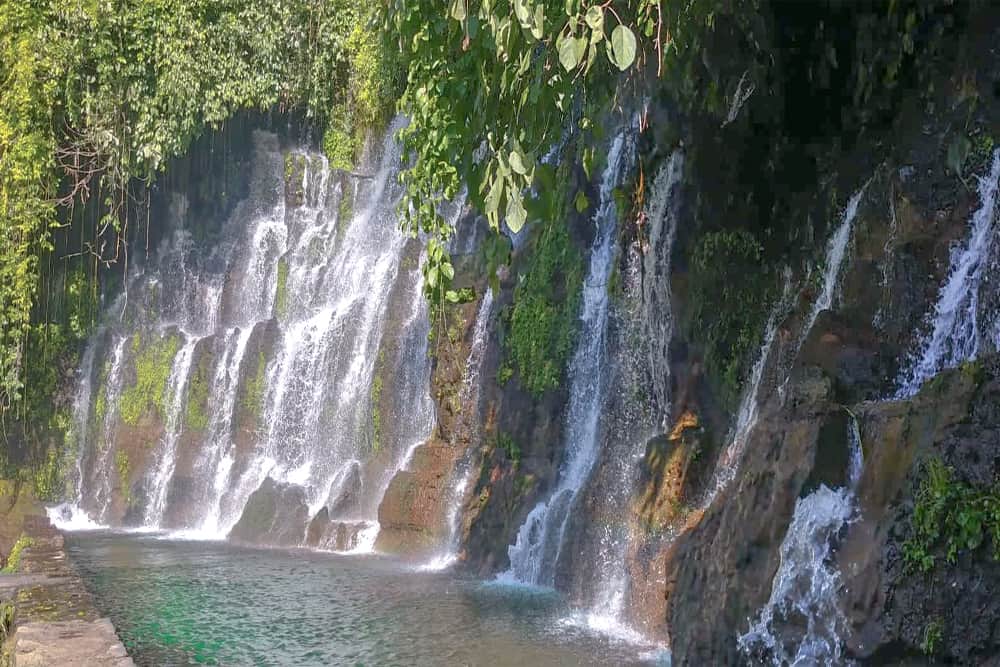
Travel Timing Guide:
- November to February: Best season for wildflowers and festivals
- Dry Season: Ideal for hiking and road trips
- Coffee Harvest: Late November through March
The best time to explore the Ruta de las Flores is from November to February, when the roadside is decorated with blooming wildflowers. This is also when many festivals take place, and the weather is perfect for hiking, sightseeing, and photography.
During the coffee harvest season, you’ll also see the coffee fields buzzing with activity and can participate in harvesting experiences. Try to avoid the rainy season (May to October), as roads can become slippery and some tours may not operate.
Travel Tips & Logistics
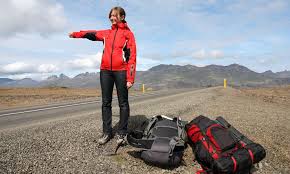
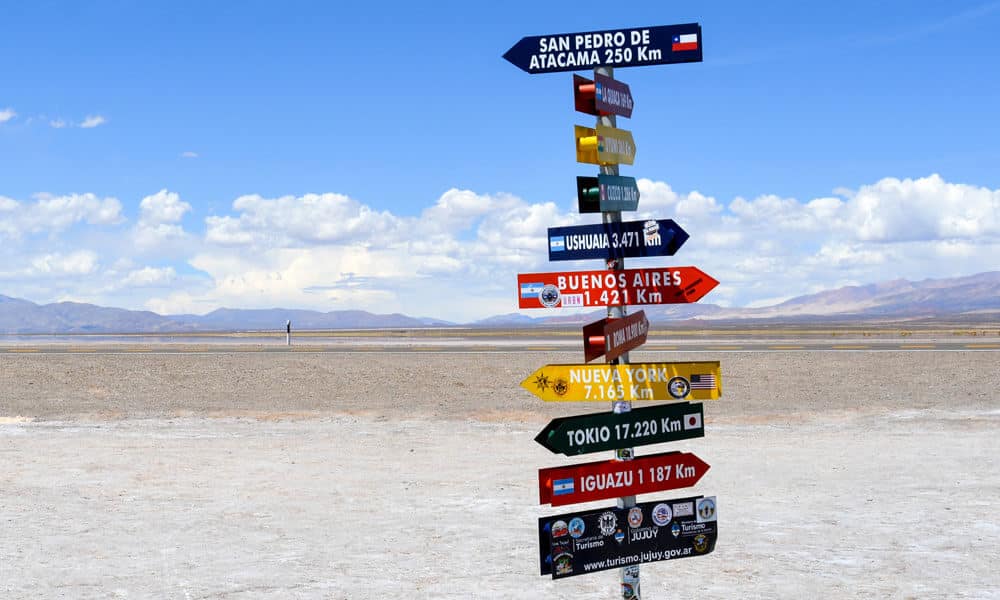
How to Get There:
- From San Salvador: Drive 1.5–2 hours via CA-8 highway
- By Bus: Public buses are available but slow
- Tour Option: Book guided day tours from San Salvador
Where to Stay:
- Juayúa: Best for food and hiking
- Ataco: Best for art, shopping, and cozy stays
- Apaneca: Best for cool weather and nature lovers
What to Bring:
- Comfortable walking shoes and light layers
- Reusable water bottle and sun protection
- Camera or phone for photos and murals
Final Thoughts: Why You Should Visit Ruta de las Flores El Salvador
The Ruta de las Flores El Salvador offers a rich blend of nature, culture, and hospitality that few road trips can match. Whether you’re stopping for a pupusa, admiring street art, ziplining over forests, or sipping coffee at the source, each town has something unique to offer. It’s the perfect mix of adventure and relaxation, tradition and trend, nature and nourishment.
If you want to experience El Salvador beyond the beaches, this scenic route is your window into its authentic beauty and cultural depth. A few days on the Ruta de las Flores could easily become one of the most memorable parts of your Central American journey.

